We’re living in the age of batteries right now with everything from mobile phones to EVs requiring something like a lithium ion battery to power it. And after my previous videos on EV myths and the future of battery technology, I thought it was a good time to take a look at one of the big looming issues with lithium ion batteries. Around the world only about 5% are getting recycled because it’s more expensive to recycle than to mine for new materials.1 The remaining 95% often find their way into dangerous stockpiles or landfills, which can leach toxic chemicals into the ground water or explode if not properly handled.2 In comparison, nearly 100% of lead acid batteries are recycled today mainly due to the fact that we can economically recycle the contents.3
With EVs rising in popularity, we’re looking at a potential glut of spent lithium battery cells in 10 – 20 years. By 2040 it’s expected that half of new car sales will be electric, and by 2050 over $550 billion will have been invested in home and grid scale battery storage.4 That … is a lot of batteries.
So let’s take a look at what’s being done to head this glut of batteries off at the pass and what could be coming down the road next.
What’s possible today
There are companies around the world that are already recycling lithium ion batteries, or are building out pilot facilities right now. One company is Umicore that has a facility with a recycling capacity of 7,000 metric tons per year in Hoboken, Belgium. They have deals with some car manufacturers like Tesla, Toyota, and Audi to use a smelting process to recover most of the precious metals and generate close to no waste. The downside is that they can’t isolate the lithium without additional cost.5 I couldn’t find any good information as to which companies are paying for that additional level of recycling, but Audi and Umicore have stated as part of their relationship they’ll be able to recover 95% of their battery’s materials.6
When it comes to EV batteries specifically though, they don’t have to be recycled when they’re no longer acceptable for use in a car. EVs have very specific needs for rapid charge and discharge cycles, but a spent battery from an EV is still capable of holding about a 70% – 80% charge and being used in more scenarios, like your home or grid scale storage.7 Some companies like Renault and Nissan are doing just that. Renault’s batteries are getting reused by Powervault Ltd., a London based company, that can be used to store a home’s solar production and then discharge it at night. Some car company’s batteries are even getting used to power streetlights in Japan, backing up elevators in Paris, or backing up data centers at GM in Michigan.8
This type of reuse can get another 7 to 10 years out of the lithium battery cell.9 There are studies that show reusing these batteries in EV charging stations, to help store and supply the large amount of power needed for charging a car, can last for up to 30 years.10 The longevity depends on the use case for the battery’s second life, but there’s a lot of potential there.
And there’s also potential for reusing spent batteries in the developing world. Combine two 500 Wh cells from a spent Nissan Leaf battery pack with an off-grid solar kit and you could provide power to a family. That means you could reuse 10,000 used car batteries and power over 150,000 off-grid homes in the developing world. Electricity in a developing country leads to increased prosperity.11
What’s coming tomorrow
While our battery recycling and reuse capacity around the world is still ramping up, research into new techniques and methods could make recycling cheaper and more efficient. Researchers at the Michigan Technological University resurrected an old mining technique to separate a batteries materials for recycling and reuse. As one of the researches commented:
“We use standard gravity separations to separate copper from aluminum, and we use froth flotation to recover critical materials, including graphite, lithium and cobalt. These mining technologies are the cheapest available, and the infrastructure to implement them already exists.”12
It’s a creative and practical solution to use existing techniques to take on this growing problem.
Nanoengineers at the University of San Diego developed an energy-efficient method of recycling cathodes that makes them work as good as new. This method is able to recover lithium cobalt oxide, which is used in everything from smartphones to laptops, as well as nickel, manganese, and cobalt. And they’re able to do this in an energy efficient manner recovering about one kilogram of cathode material with 5.9 megajoules of energy, which is half of many other recycling methods.13
Carnegie Mellon University is also researching along the same lines. They’re examining a direct cathode recycling process, which keeps the cathode materials intact so they can be used in future batteries. They’ve found…
“…cathodes containing metals like nickel, manganese and cobalt, direct cathode recycling can reduce the greenhouse gas emissions associated with manufacturing new batteries from the materials and has the potential to be economically competitive with traditional cathode manufacturing.”14
There’s also Li-Cycle in Canada, which isn’t using a smelting process for recycling like Umicore. They have a closed loop system that uses a “wet chemistry” process that’s been patented and proven to recover between 80-100% of the resources from all spent lithium ion batteries, including the lithium itself.15 They’re able to produce battery grade chemicals from the process that can be used to manufacture new batteries. Li-Cycle still needs to build out their pilot facility, but once they get to commercial operations they’re expected to process about 5,000 metric tons per year and go up from there.16
But what else?
It can’t only be through research to get this figured out. We also need policy changes and education around the importance of recycling and reuse programs. 5% recycling today isn’t good enough.
China, which is the largest EV market in the world, has rules that require automakers to be responsible for their old batteries to keep them out of landfills. The EU also has rules with their “Innovation Deal” which tackles battery recycling and the “virtuous loop of the electric vehicle.”17
Compared to the battery recycling efforts around the world, the U.S. is a little late to the battery recycling party. Better late than never though, the U.S. Department of Energy announced at the beginning of 2019 the launch of a lithium-ion battery recycling prize and a Battery Recycling R&D Center, called ReCell, at the Argonne National Laboratory.18 The centralized research center and prize is meant to incentivize participation from companies across the U.S. and take some of the R&D financial risk out of the equation.
No matter the company or the country, the ultimate goal is a closed loop system where a manufacturer could recycle nearly 100% of all materials to produce brand new batteries. Being able to recover materials like copper, cobalt, lithium and more from spent battery cells could lead to cheaper battery production because it would cost less to recycle than to mine for new materials. Mining has significant impacts on the environment and people that live in the area. While lithium is often found in brine salt flats, pumped to the surface and water evaporated off, it has a lasting effect on the soil where extraction takes place and also causes air contamination.19 Some companies, like Tesla, are researching ways to improve their current recycling processes and want to get to a point where they are recycling at the Gigafactories themselves, where they make new batteries and the cars in one facility.20 This type of system could be incredibly cost efficient and reduce manufacturing costs even further.
Final thoughts
While the impending glut of batteries is a problem, we have time to figure things out. We have time to build out plants and prove out these newer methods, and if you look at the amount of research and companies getting in on this, I don’t think we’re going to have a shortage of ways to deal with it. There’s money to be made in recycling, as well as government incentives and laws that are pushing companies around the world to figure out the problem. But we also need to educate ourselves and do our part when our battery driven electronics hit end of life.
If you liked this video, be sure to give it a thumbs up and share with your friends because it really helps the channel. And comment below on what you think can be done to improve that 5% lithium ion battery recycling.
If you’d like to support the channel, there are some ways you can do so.
Want some cool t-shirts, like the one I’m wearing? Check out my SFSF Shop for some cool Tesla, Space X, science, and Undecided shirts. Every purchase helps to support the channel.
Get some great Tesla accessories, like console wraps, LED lights, and more from Abstract Ocean and save 15% off your first order with my referral code.
And a big thank you to all of my Patreon supporters. Your support and encouragement goes a really long way. You can also become an Undecided supporter on Patreon to help grow and shape the channel. If you’re interested, please go check out my Patreon page for additional details and I hope to see some of you over there.
And if you haven’t already, consider subscribing and hitting the notification bell to get alerts when I post a new video. And as always, thanks so much for watching, and I’ll see you in the next one.
Additional articles
VW recycling project targets spent batteries
VIDEO: Batteries, Recycling and the Environment
The future of automotive lithium-ion battery recycling: charting a sustainable course
Recycling of lithium-ion batteries: recent advances and perspectives
Australia’s first lithium battery recycling plant opens
Citations
1: http://www.fleetcarma.com/electric-vehicle-batteries-reused-recycled/
2: http://www.li-cycle.com/blog/the-lithium-ion-battery-boom-the-need-for-recycling
3: http://www.recyclingtoday.com/article/battery-council-international-lead-battery-recycling/
6: http://www.volkswagenag.com/en/news/2018/10/audi_umicore.html
8: http://www.fleetcarma.com/electric-vehicle-batteries-reused-recycled/
10: http://www.sciencedirect.com/science/article/pii/S0301479718313124
11: http://blogs.adb.org/blog/second-life-car-batteries-can-bring-electricity-millions
13: http://jacobsschool.ucsd.edu/news/news_releases/release.sfe?id=2454
14: http://www.cmu.edu/news/stories/archives/2019/february/lithium-ion-battery-recycling.html
19: 13 Facts Sheet



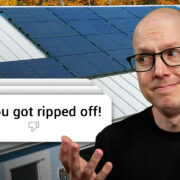
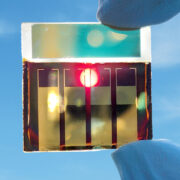
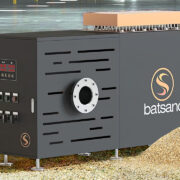
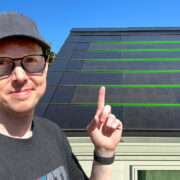
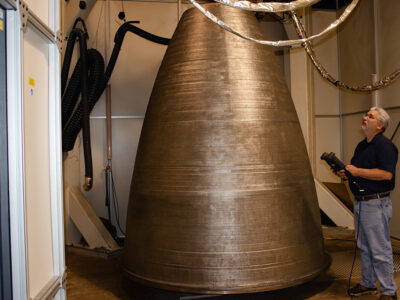
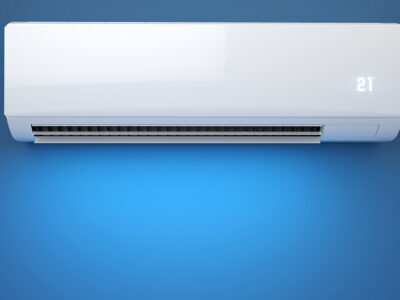




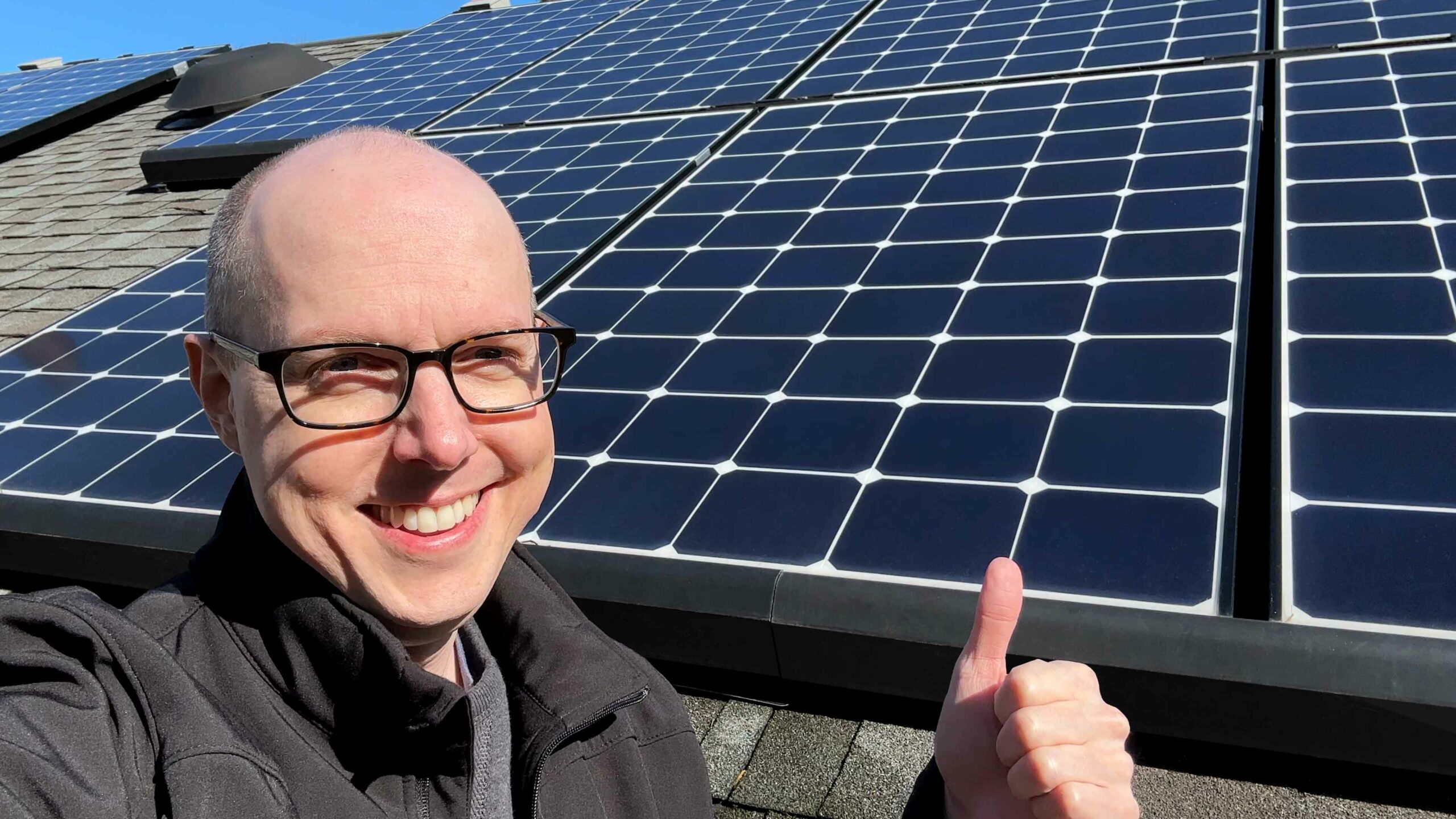
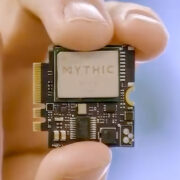
Comments